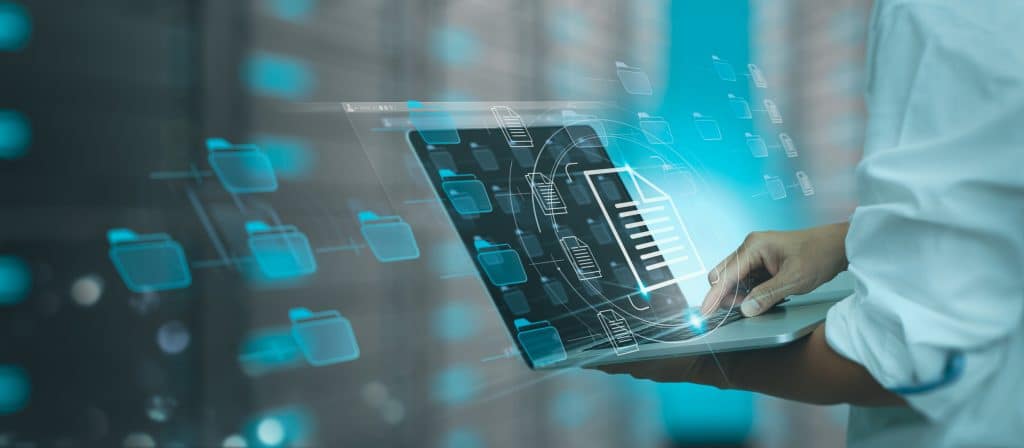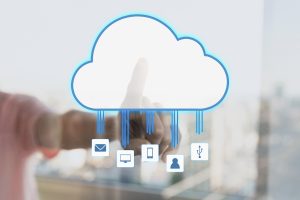In the fast-evolving landscape of IT, traditional teaching methods are no longer sufficient for equipping students with the skills they need to succeed. With the demand for IT professionals who possess both knowledge and practical expertise, hands-on learning has become a critical component of IT education. One powerful tool driving this change is the use of virtual labs, an innovation that enables students to practice and hone their skills in a controlled, simulated environment.
Why Virtual Labs Matter in IT Education
Virtual labs provide a unique, hands-on experience that is hard to replicate in a conventional classroom. Studies show that students retain up to 75% of information when learning through hands-on methods, compared to just 10% from reading and 5% from lectures. Instead of learning solely through lectures and textbooks, students gain real-world experience with technology setups, troubleshooting, and practical applications that mirror actual workplace scenarios. This approach not only boosts retention but also builds confidence, as learners can experiment, make mistakes, and try again without risking critical systems or data.
With technologies like cloud computing, cybersecurity, and networking advancing rapidly, virtual labs have become essential for IT training, bridging the gap between theory and practice.
Key Benefits of Virtual Labs in IT Training
- Hands-On Learning Without Physical Equipment
- Virtual labs make it possible for students to access sophisticated IT infrastructure without requiring a physical setup. Whether it’s configuring networks, working with servers, or tackling cybersecurity tasks, students can access these resources on-demand through a virtual environment, often accessible from anywhere. This democratizes access to advanced technology, making it easier for educational institutions to offer high-quality, practical training without the overhead of managing physical labs.
- Enhanced Engagement and Retention
- According to studies, hands-on learning increases engagement and retention rates significantly. In IT, this means students are better equipped to remember procedures, recognize errors, and understand complex concepts. For instance, in a cybersecurity course, learners can set up defenses and respond to simulated attacks within a virtual lab, gaining critical skills that will serve them in real-world roles. The interactive nature of virtual labs transforms learning from passive listening to active problem-solving, making the lessons stick.
- Flexible and Scalable Learning Environment
- Virtual labs are designed to be flexible and scalable, allowing students to work at their own pace and revisit modules as needed. This is particularly valuable in IT training, where students come from diverse backgrounds with varying levels of expertise. Virtual labs allow them to work on tasks that are relevant to their skill level and progress as they gain confidence. Additionally, instructors can scale the difficulty of tasks or incorporate more challenging scenarios, enhancing the learning experience as students advance.
- Immediate Feedback and Progress Tracking
- One of the standout features of virtual labs is the ability to provide instant feedback on students’ actions. This helps learners correct errors in real time and understand where they need improvement. Many virtual labs also incorporate performance tracking, so educators can see how students are progressing and provide tailored guidance when needed. This instant feedback loop makes virtual labs a powerful tool for both students and instructors, enabling a highly interactive and responsive learning environment.
- Preparing for Real-World Scenarios
- Virtual labs are designed to replicate real-world scenarios, from network configurations to security protocols, preparing students for what they will encounter on the job. For example, aspiring network administrators can practice setting up complex networks, while cybersecurity students can simulate defending against attacks. These experiences are invaluable in preparing students to tackle the kinds of challenges they will face in their careers, and they are much harder to create in a traditional classroom setting.

Virtual Labs at Ascend Education
Ascend Education offers a comprehensive suite of virtual labs integrated with its IT training courses, providing a robust platform for hands-on learning. These labs are designed to mirror real-world scenarios in areas like cloud computing, networking, cybersecurity, and beyond. With quizzes, guided modules, and performance analytics, Ascend’s virtual labs help students build job-ready skills in a supportive, interactive environment.
For educators, Ascend Education’s courseware makes it easy to incorporate practical labs into the curriculum, providing flexible, high-quality resources to empower students at every level. Virtual labs allow students to gain real-world experience in a controlled environment, setting them up for success in the competitive IT landscape.






